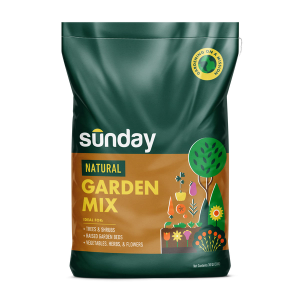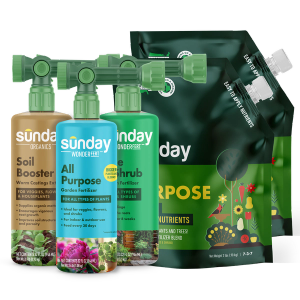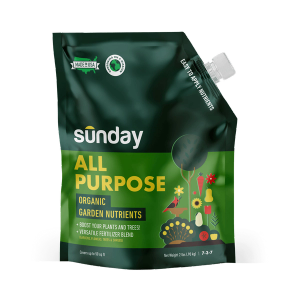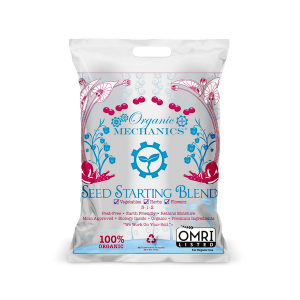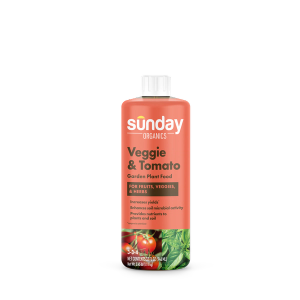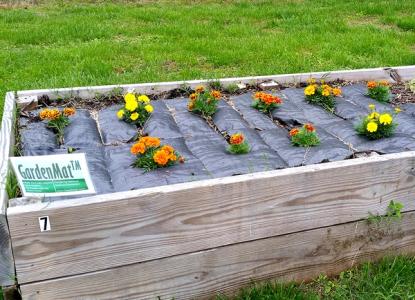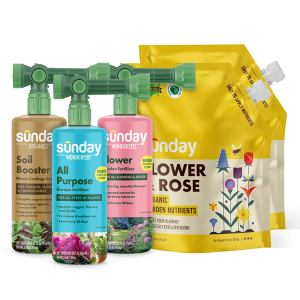What is texture?
Fine, smooth, spikey, soft, leathery – plant textures can come in many types of different forms, and can even appear differently to the eye depending on the wind, the light, and how close or far you are from the garden.
In fact, fine-textured plants can actually make small spaces appear larger, while bigger gardens can appear smaller when they contain large, coarse-textured plants. Finding the sweet spot – a blend of textures that's just right – is an excellent, subtle way to keep your garden singing even when plants aren't blooming.
Types of plant texture
Fine
Fine-textured plants tend to mix well with smooth, leathery, and soft-textured plants. For example, the smooth leaves and rough bark of a tulip poplar tree contrast beautifully with the fine texture of muhly grass. This combo looks beautiful through summer and winter.
Here are some other examples of fine-textured plants to mix with smooth, leathery, or soft textures:
- Perennials & grasses: pink and white muhly grass, liriope, autumn fern, Elijah blue fescue, Karl Foerster grass
- Shrubs: Yaupon holly, Sky Pencil holly, Dwarf Buford holly, Compacta holly, azalea, Rose Creek abelia
- Trees: Green Giant & Emerald Green arborvitae, longleaf pine, weeping willow, bald cypress
Smooth
Smooth-textured plants look beautiful with fine and spiky textures. For example, liriope and hydrangea, or gardenia with Elijah blue fescue. In fact, hydrangea actually carry dried blooms, which provide beautiful texture and winter interest if you wait to prune them in the spring. And this pruning practice can even help the plant produce even more beautiful blooms.
Some examples of smooth-textured plants include:
- Perennials & Grasses: coral bells, hosta
- Shrubs: Phantom hydrangea, Berry White Hydrangea, Nikko Blue hydrangea, pittosporum, Frost Proof gardenia
- Trees: tulip poplar
Spiky
Spiky-textured plants blend beautifully with smooth, soft, or oblong textures. Think a grey owl juniper with a hosta; the hosta's smooth texture complements and calms the busyness of the spiky juniper.
Spiky-textured plants include:
- Perennials & Grasses: astilbe, especially in fall with dried blooms, Elijah blue fescue, liriope, Karl Foerster grass, lavender
- Shrubs: Grey Owl juniper, Globosa Nana cryptomeria
- Trees: Hakuro Nishiki willow tree, Emerald Green & Green Giant arborvitae
Soft
Soft-textured plants tend to complement and contrast well with fine and leathery textures. Large, smooth texture also looks good with soft textures if the scale is different. For example, soft-textured caramel coral bells pair well with the smooth leaves of a hosta, because the hosta is much larger than the coral bells.
Soft-textured plants include:
- Perennials & Grasses: Caramel coral bells
- Shrubs: Buttons gardenia, Arabian jasmine
- Trees: None
How to blend bark and leaf texture
Bark and leaf texture can work together to create a subtle, but stunning symphony. Oak trees, for example, have a very unique leaf texture. Combining them with almost any texture will highlight the oak's beauty. Fig trees have interesting leaf shapes too – the same principle applies.
Great bark and leaf texture isn't just limited to the spring, summer, and fall months, either. In fact, it can persist through winter and generate interest all year long. Think evergreen plants and trees that retain their leaves or have intriguing bark patterns, like natchez crape myrtle, bald cypress tree, and river birch. For a truly beautiful effect throughout the winter, surround river birch trees with liriope. Liriope's evergreen fine texture will accentuate the river birch's shaggy bark all season long.








